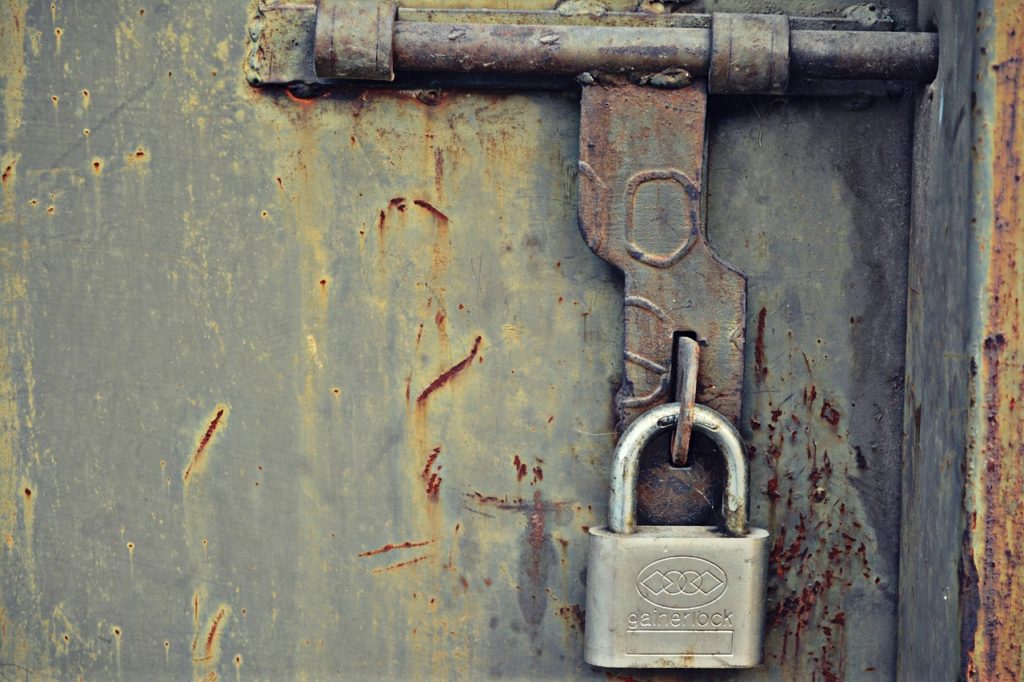Nearly Everyone Forgets To Change Locks When They Move — Here’s What You Need To Know
 You bought a new house, everything is packed, you’ve hired the movers, you’ve transferred utilities and arranged your children’s schools. There’s probably one thing you’ve forgotten, though, and it could save you from having your new home burglarized. It’s time to change locks.
You bought a new house, everything is packed, you’ve hired the movers, you’ve transferred utilities and arranged your children’s schools. There’s probably one thing you’ve forgotten, though, and it could save you from having your new home burglarized. It’s time to change locks.
Receiving the keys to your new home is an exciting time. The problem, though, is that while they might look shiny and new, they might be anything but. The odds are they are the same keys to the same locks that the old owner had, and you can’t know how many other people have received copies — the dog walker, the babysitter, their teenagers’ friends? No one is saying that none of those people are trustworthy, but why risk it? You, and whoever you choose, should be the only people who have access to your home.
You have many, many options when it comes time to change locks. Some are inexpensive, and others aren’t. In a nutshell, you can rekey your locks, which is inexpensive — probably somewhere around $200.
Replace the locks
You can also replace the locks, and these days, there are so many options available, you’ll have to ask yourself a few questions:
Are you technical, or do you prefer analog?
Do you like using keys, or would you prefer something more high-tech?
Do you sometimes give temporary access to non-family members?
If you prefer the good-old fashioned key locks, they are better and stronger than ever. Look for materials like stainless steel or zinc alloy. This Schlage lock is often considered the best.
If you’re tired of fumbling for keys, or if you have a lot of temporary visitors, there are many options. Modern locks use a number of technologies, including WiFi, Bluetooth, and Z-Wave, to let you unlock and lock your home without keys. Some offer cameras and some even offer security alarms.
You should still look for the same hard metal material, but some locks are more high-tech than others. If you want the ability to control access, opt for a system with an RFID chip reader. Similar to what you find in most hotels and motels, RFID readers scan a card or key fob. They don’t connect to your WiFi or Bluetooth, so they’re relatively hack-proof. You can disable and recode cards quite easily, so if a card is lost, you don’t have to worry about it. On the other hand, RFID readers don’t solve the problem of fumbling around in your purse. You’ll still have to pull out a card.
Another lower-tech option is a keypad lock. You simply enter your code to lock or unlock the door. This gives you the convenience of not having to fish through your pockets, and you can change the codes at will, or add temporary codes. Like most modern locks, though, they are battery powered and the batteries can die. Fortunately, you can still use a key.
Smart Locks
You can purchase any one of a number of “smart locks,” that may or may not be connected to other devices in your home. Bluetooth locks allow you to control your locks, within range of your home. WiFi locks allow you to control your locks from an app. A third technology, called Z-Wave, is a compromise. It uses less energy than WiFi and it has a longer range than Bluetooth. It enables you to control your thermostat and some other appliances as well, as long as you have a smart home device. Some locks use all three technologies. C-Net reviewed several smart locks.
Whatever you choose when you change locks, Consumer Reports says that the biggest risk to your lock good old fashioned technology, drills and feet. Poor quality locks are easily drilled or even kicked in. They found only one that will protect your home, the Medeco Maxum. Please note that we have not tried the lock ourselves.
Featured image CC0 Creative Commons, by SyedWasiqShah, via Pixabay